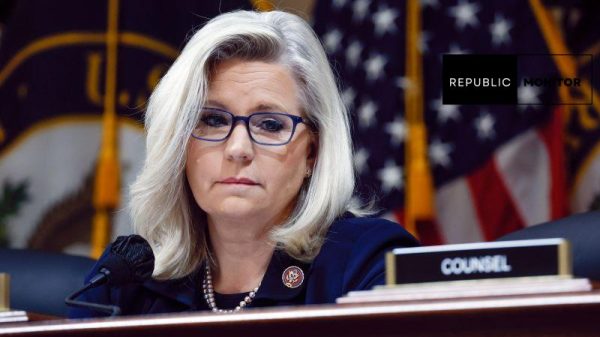Introduction
In our pursuit of understanding urban safety, we delved into the most recent FBI crime data using Saturday Night Science, aiming to identify the most dangerous cities in Wisconsin. Analyzing both violent and property crime rates per capita for places with over 5,000 residents, our research scrutinized 147 cities, revealing a compelling snapshot of the state’s safety landscape.

Revealing Wisconsin’s Top Ten Most Perilous Cities: An Overview of Research for 2024
Statewide Crime Statistics
Wisconsin, historically known for passionate Cheeseheads and post-Packers loss frustrations, has seen a shift in its safety dynamics. Presently ranking as the 38th most dangerous state in the United States, Wisconsin contends with a violent crime rate of 1,508 incidents per 100,000 people and a property crime rate of 3,507 incidents per 100,000 people.
The Safest Oasis
While Wisconsin grapples with its safety challenges, the oasis of security can be found in Geneva Town, standing out as the safest city in the state. This tranquil enclave provides a stark contrast to the more perilous urban landscapes that pepper the Wisconsin crime map.
Top 10 Most Dangerous Cities in Wisconsin for 2024:
- Milwaukee
- Sparta
- Grand Chute
- Town of Madison
- Beloit
- La Crosse
- Glendale
- Wisconsin Rapids
- Brown Deer
- West Allis
City Profiles:
- Milwaukee: According to our analysis of FBI data, Milwaukee emerges as the most dangerous city in Wisconsin for 2024, reflecting the challenges faced by this bustling urban center.
- Sparta, Grand Chute, Town of Madison: These cities follow closely, each presenting unique safety concerns that contribute to their ranking in the top 10.
Understanding the Dynamics
The concentration of crime in Wisconsin is notably centered around larger cities, with Milwaukee and Madison witnessing higher crime rates. Surprisingly, the most dangerous place doesn’t breach the 10,000 resident mark, highlighting that safety challenges transcend population size.
Conclusion
As we unveil the 10 most dangerous cities in Wisconsin for 2024, it is crucial to view this data not only as a statistical representation but as a call for collective awareness and community action. While urban landscapes grapple with safety challenges, understanding and addressing the root causes become imperative for fostering a safer Wisconsin.
















